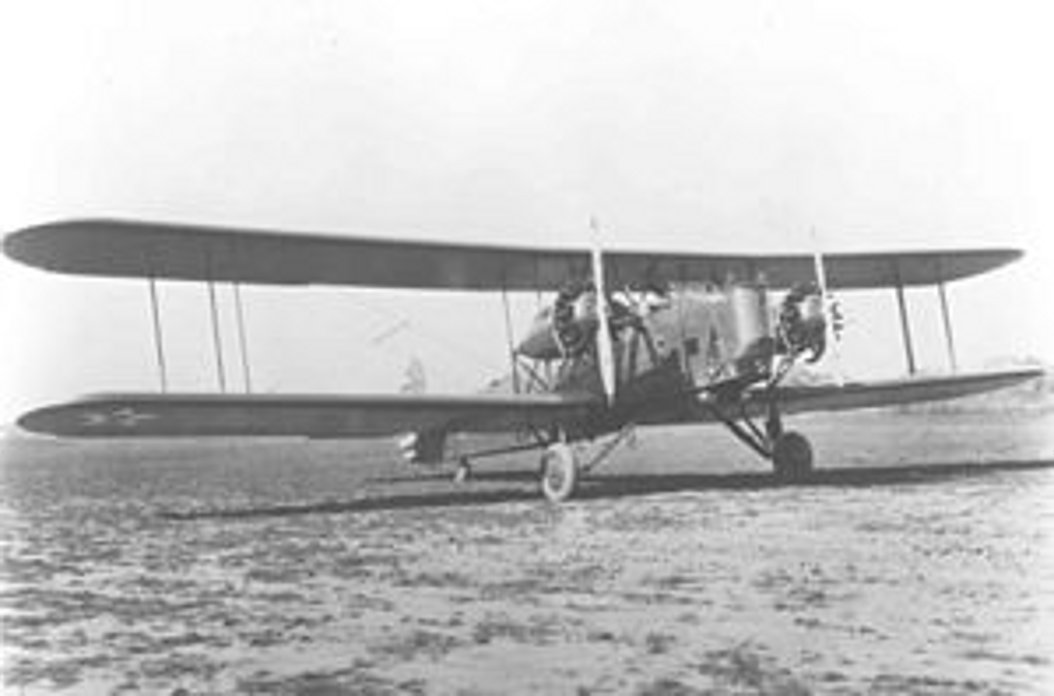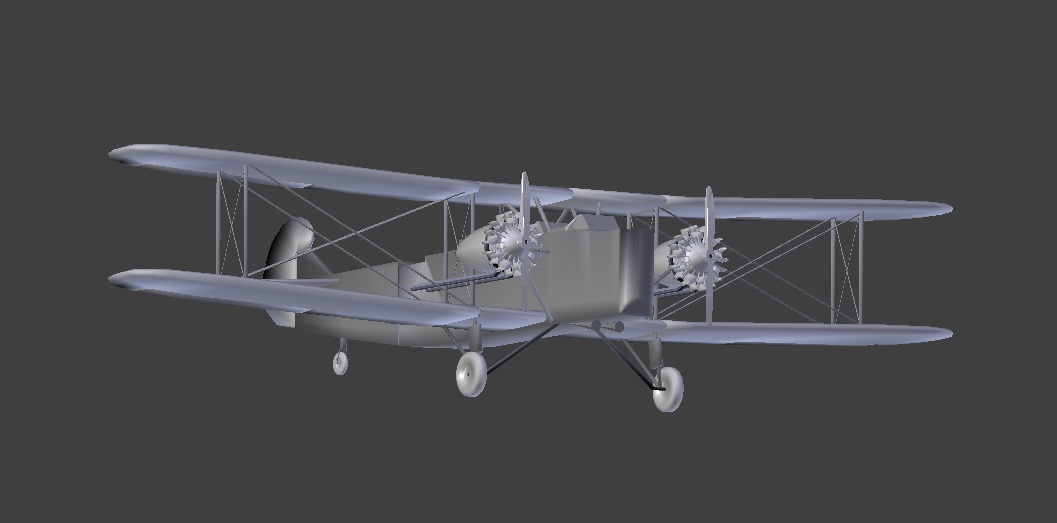Starting new project with re-molded and new 3D bits and pieces.


The 17th production Keystone LB-6 on the 1929 contract (29-027) had been completed as the LB-10. The LB-10 differed from the LB-6 in being powered by a pair of experimental 525 hp Wright R-1750-1 Cyclone radial engines, plus it had a single rudder in place of the twin rudders which Keystone had standardized on the LB-5A.
The single-rudder adaptation introduced by the LB-10 had impressed the USAAC, and 63 examples were ordered under the designation LB-10A. Serials were 30-281/343. The LB-10A differed from the LB-10 in being powered by a pair of Pratt & Whitney R-1690-3 radials, as well as in having a slightly smaller wingspan and a slightly shorter fuselage.
However, before the first LB-10A could be delivered, the USAAC had dropped the LB designation and was listing a ll of its bombers under the B series. The LB-10A was redesignated B-3A.
The first B-3A was delivered in October of 1930. The B-3A carried a crew of five--pilot, copilot, bombardier, front and rear gunners. The sixty-three B-3A bombers ended up serving with the 6th Composite Group based in the Canal Zone and the 4th Composite Group based in the Philippines. In addition, the 19th Bomb Group was activated in June 1932 with nine B-3As. The Keystone B-3A of the early 1930s was not very much faster than the biplane bombers that flew during the First World War. It would seem at first sight, then, that the state of the art had not advanced very far in the past fifteen years. However, performance was not the entire story--the Keystone bombers were far more safe and much more reliable than the Handley Page, Gotha, or Friedrichshafen bombers of World War 1. In May of 1932, a group of B-3A biplane bombers flew down the Hudson River to parade above New York City in a display of America's aerial strength. At that time, this parade of lumbering Keystone bombers represented virtually the entire bomber strength of the Army Air Corps.
General characteristics
Crew: 5
Length: 48 ft 10 in (14.9 m)
Wingspan: 74 ft 8 in (22.8 m)
Height: 15 ft 9 in (4.8 m)
Wing area: 1,145 ft² (106.4 m²)
Empty weight: 7,705 lb (3,495 kg)
Loaded weight: 12,952 lb (5,875 kg)
Max. takeoff weight: lb (kg)
Powerplant: 2 × Pratt & Whitney R-1690-3 radial engines, 525 hp (392 kW) each
Performance
Maximum speed: 114 mph (98 kn, 183 km/h)
Cruise speed: 98 mph (85 kn, 158 km/h)
Range: 860 mi (760 nmi, 1,400 km)
Service ceiling: 12,700 ft (3,870 m)
Rate of climb: 530 ft/min (2.7 m/s)
Wing loading: 11.31 lb/ft² (55.42 kg/m²)
Power/mass: 0.0811 hp/lb (133 W/kg)
Armament
Guns: 3 × .30 in (7.62 mm) machine guns
Bombs: 2,500 lb (1,100 kg); 4,000 lb (1,800 kg) on short runs
Zflyer48
 Author
Topic: Zflyer48's Hanger-Keystone B3a (Read 9702 times)
Author
Topic: Zflyer48's Hanger-Keystone B3a (Read 9702 times)


